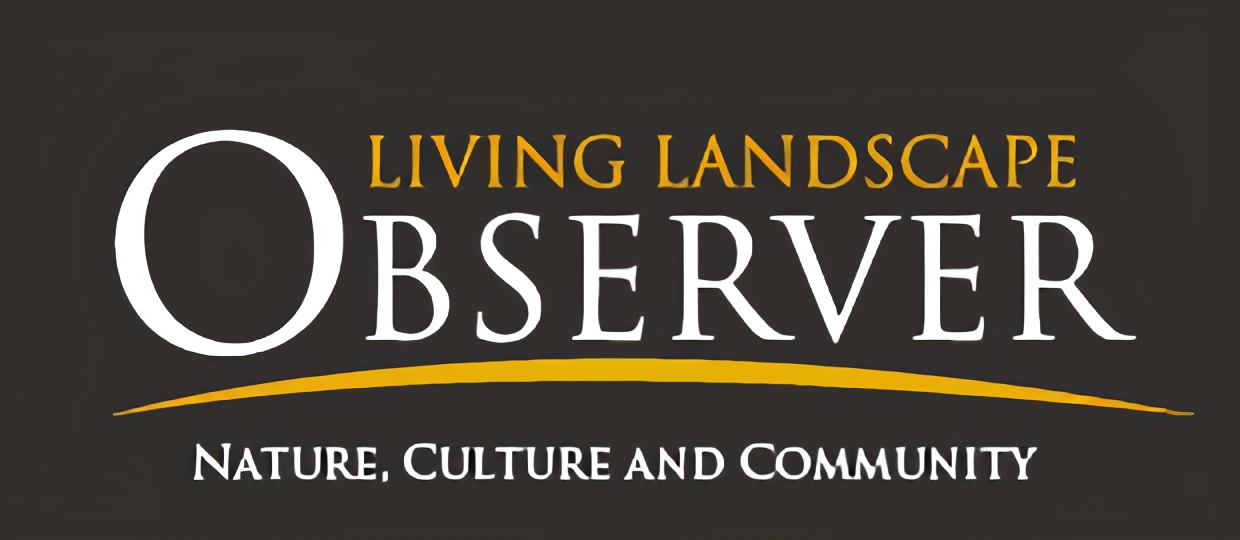To provide observations and information on the emerging fields of landscape scale conservation, heritage preservation, and sustainable community development.
Newsletter
Stay up-to-date with the latest nature, culture and community news.
We won’t spam you or share your information. Newsletters are sent approximately 10 times a year. Unsubscribe at any time.

Energy and Natural Resources Bill Introduced in Senate
At close to 900 pages, Senate Bill 1460 is far from light reading. Introduced by Senators Lisa Murkowski (R-AK) and Maria Cantwell (D-WA), the legislation covers a huge number of topics ranging from infrastructure to federal lands management to energy efficiency and more. It is a rare bi-partisan effort that builds on the Energy Policy Modernization Act of 2015, which passed the Senate before falling short of votes in a conference with the House.

Culture and Nature: Thoughts on the English Lake District
At every level, conservation practioners labor to understand and balance natural and cultural values at a landscape scale. Globally, this challenge plays out in the push and pull of the World Heritage inscription process. The recent (July 2017) inscription by the World Heritage Committee of the English Lake District highlights some of the challenges and opportunities of attempting to integrate cultural and natural values. There is no question this is a celebrated and iconic landscape, but there have been bumps along the way to gaining World Heritage recognition.

Schoodic Head: Where Forest meets the Sea
Eastern Maine is the last place on the East Coast where large tracts of forest still meet the sea. On a blue-sky October day at the height of foliage season, I went to explore one such tract – a critical 300-acre parcel that Frenchman Bay Conservancy was considering for purchase. On a landscape scale, conserving it would have been one more step in maintaining the connection between the fabled North Woods and the shores of the Atlantic.

Virtues of Good Government
In this piece, originally published in the May 2017 issue of the George Wright Forum (vol 34, no 1), guest observer Rolf Diamant explores the

What is in a name? The National Monument Version
National Monuments were once an obscure protected area designation. Today they are the big story in major news outlets. Reporters are struggling with names likes Bears Ears, Grand Staircase – Escalante, and Papahānaumokuākea Marine National Monument. What put these places in the headlines was the new administration’s signature on an Executive Order authorizing a review all National Monuments designated since January 1, 1996 and specifically those over 100,000 acres. The rush is on to learn more about national monuments.

Energy and Natural Resources Bill Introduced in Senate
At close to 900 pages, Senate Bill 1460 is far from light reading. Introduced by Senators Lisa Murkowski (R-AK) and Maria Cantwell (D-WA), the legislation covers a huge number of topics ranging from infrastructure to federal lands management to energy efficiency and more. It is a rare bi-partisan effort that builds on the Energy Policy Modernization Act of 2015, which passed the Senate before falling short of votes in a conference with the House.

Culture and Nature: Thoughts on the English Lake District
At every level, conservation practioners labor to understand and balance natural and cultural values at a landscape scale. Globally, this challenge plays out in the push and pull of the World Heritage inscription process. The recent (July 2017) inscription by the World Heritage Committee of the English Lake District highlights some of the challenges and opportunities of attempting to integrate cultural and natural values. There is no question this is a celebrated and iconic landscape, but there have been bumps along the way to gaining World Heritage recognition.

Schoodic Head: Where Forest meets the Sea
Eastern Maine is the last place on the East Coast where large tracts of forest still meet the sea. On a blue-sky October day at the height of foliage season, I went to explore one such tract – a critical 300-acre parcel that Frenchman Bay Conservancy was considering for purchase. On a landscape scale, conserving it would have been one more step in maintaining the connection between the fabled North Woods and the shores of the Atlantic.

Virtues of Good Government
In this piece, originally published in the May 2017 issue of the George Wright Forum (vol 34, no 1), guest observer Rolf Diamant explores the

What is in a name? The National Monument Version
National Monuments were once an obscure protected area designation. Today they are the big story in major news outlets. Reporters are struggling with names likes Bears Ears, Grand Staircase – Escalante, and Papahānaumokuākea Marine National Monument. What put these places in the headlines was the new administration’s signature on an Executive Order authorizing a review all National Monuments designated since January 1, 1996 and specifically those over 100,000 acres. The rush is on to learn more about national monuments.


